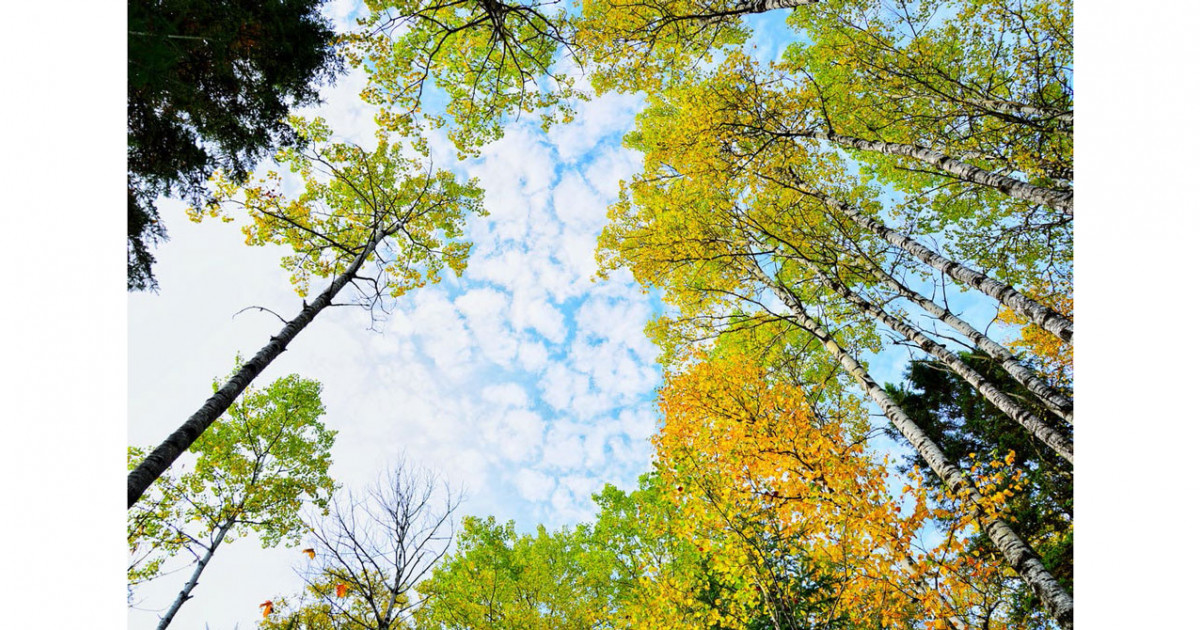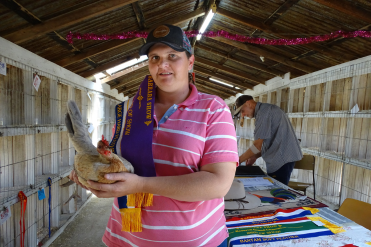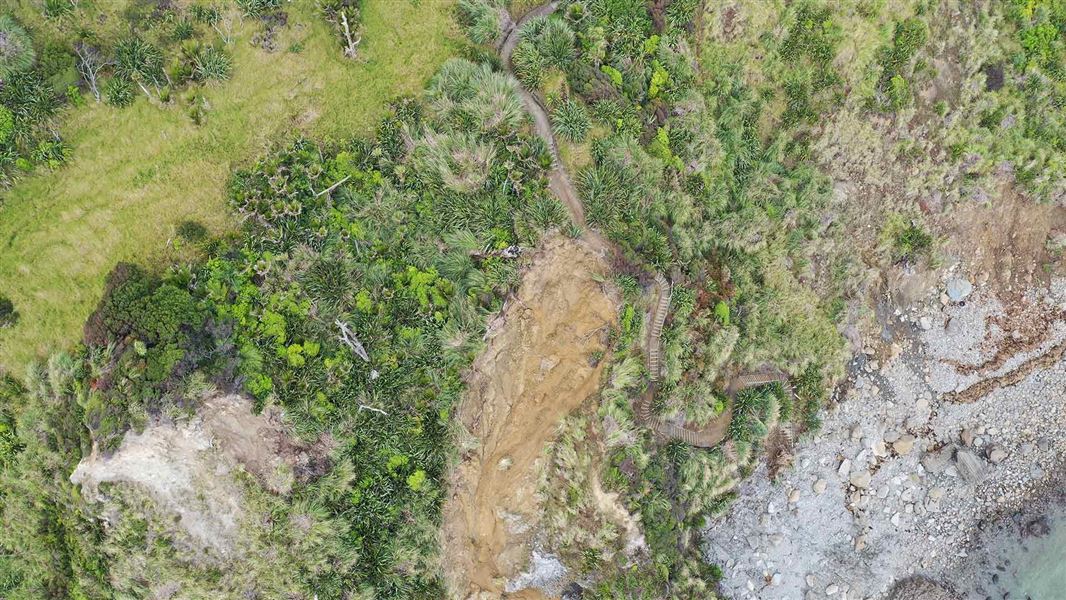On the eve of Reconciliation Week Hearing Australia has announced another major step to improve the hearing health of First Nations people. It has collaborated with three Aboriginal health organisations to redesign the way hearing services are delivered to better meet the needs of communities. It’s the first time Hearing Australia and Aboriginal health services have worked so closely to collaborate on such a partnership model.
Over the past six months Hearing Australia has worked closely with the Orange Aboriginal Medical Service (OAMS), the Coonamble Aboriginal Health Service (CAHS) and the Katherine West Health Board (KWHB) to reshape hearing service delivery. A pivotal milestone was achieved this month with the signing of four-year Shared Hearing Services Partnership Agreements with OAMS and CAHS. Under these partnerships, Hearing Australia will work with the local health services to improve the impact of hearing services within their communities while building the capability of local health staff.
“We are pleased to announce this significant step,” says Kim Terrell, Managing Director of Hearing Australia. “We currently work with more than 100 Aboriginal community-controlled health services and will provide hearing services to some 25,000 First Nations children and adults this financial year. But we need to improve the hearing health outcomes for First Nations peoples and through these partnerships, we’re looking forward to collaborating with more local services as we roll the model out across the country.”
Jamie Newman, CEO of OAMS, says the focus of the Shared Hearing Services Partnership is on working together to deliver the care First Nations people want and need. “We’re in a period of change and need to lead that change if we’re going to see better health outcomes for our mob,” Jamie says. “Our people need consistent healthcare, and through this partnership and our ongoing relationship with Hearing Australia, we have a great opportunity to work closely together to improve access to hearing health that will benefit our people today and future generations.”
Adds Kim: “It’s not about what we can do for the community, it’s about what the community and local services need from us. And it’s so Aboriginal and Torres Strait Islander people can really start to experience better health outcomes over time, for which we are all responsible.”
Chloe Thompson, OAMS’ Aboriginal Health Practitioner Lead, is strongly supportive of the new approach: “We both have the same goal in mind and that’s to improve ear and hearing health for Aboriginal and Torres Strait Islander people. At present, there are 19 socio-economic Close the Gap targets for our people. Ear and hearing health is absolutely at the core of those.”
Chloe knows first-hand the importance of the service. During her upskilling in hearing health, Chloe tested the hearing of her children. Her six-year-old son, Beau, returned a concerning result, which prompted Chloe to book an appointment with Hearing Australia.
“The audiologist at Hearing Australia confirmed that he had moderate hearing loss, and he was very quickly fitted with a hearing device, which helped to improve his hearing until getting grommets,” Chloe explains. “My son now has normal hearing, and because of the support he received early, developmentally he at least has a chance of catching up to his peers. I’m so grateful that we were able to get the help he needed. Regardless of whether you think your child is having hearing trouble or not, it’s important to get their hearing checked regularly.”
Wiradjuri woman Sherilee McManus, from Hearing Australia’s First Nations Services Unit, says the collaborative approach is enabling change across the board. “Our goal is to reduce the rate of hearing loss in Aboriginal and Torres Strait Islander children by at least half by 2029,” Sherilee says. “We’re expanding our partnerships, our team is on the ground working with local services, and we’re focused on strengthening our co-design process and empowering communities.”
National Telephone Support Line








